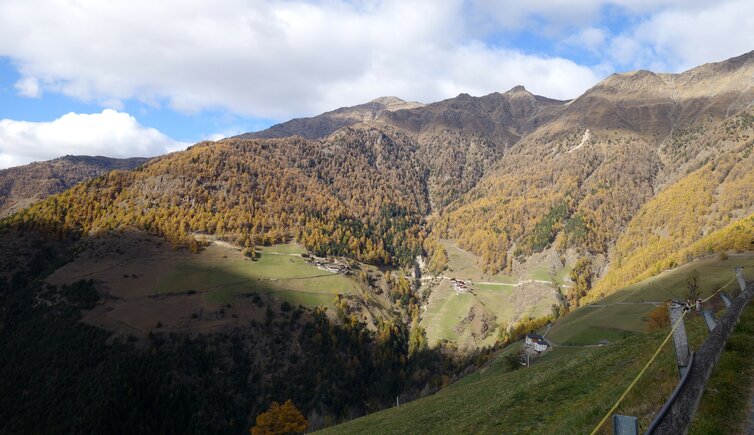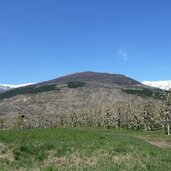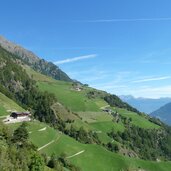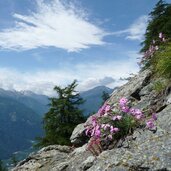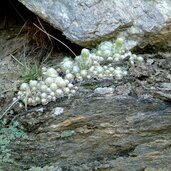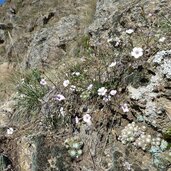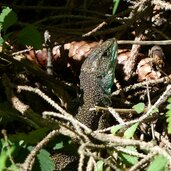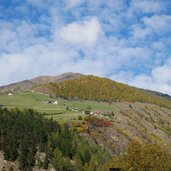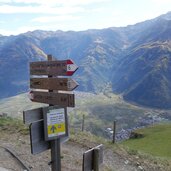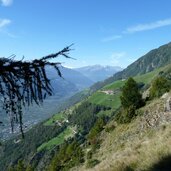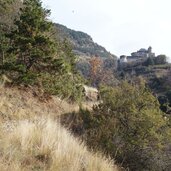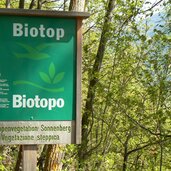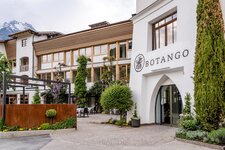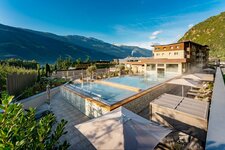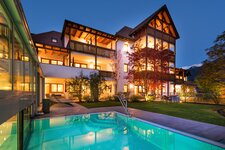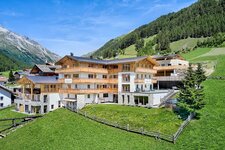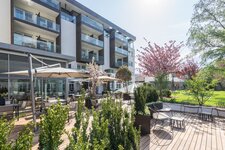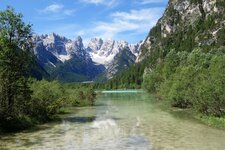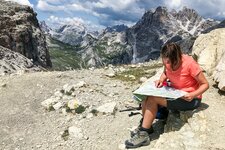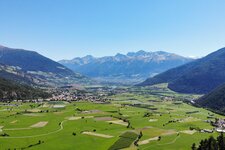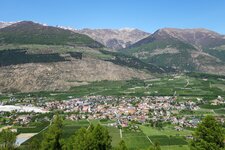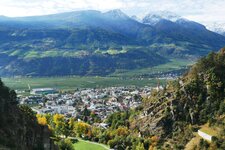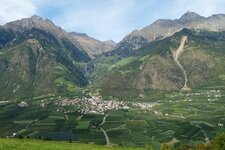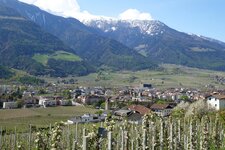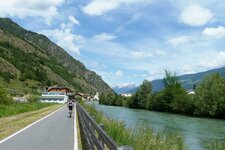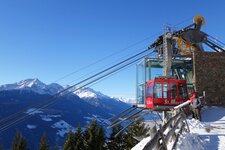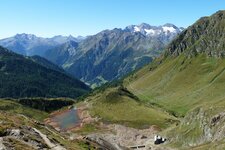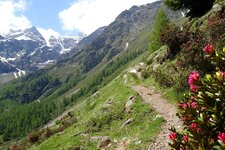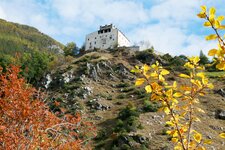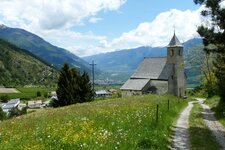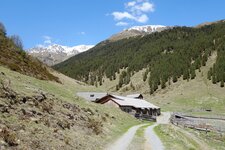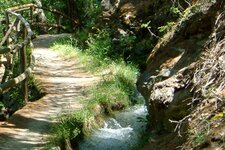Between Parcines and Malles in the Val Venosta valley there is a unique steppe vegetation with impressive fauna
Image gallery: Monte Sole in the Val Venosta
The Monte Sole in the Val Venosta stretches for 50 km between Parcines in the Merano area and Malles Venosta. It is the north-facing and therefore sun-exposed valley flank of the Valle dell'Adige, which is part of the Oetztal Alps. The flora and fauna that predominate here are used to extreme conditions: More than 500 mm of rainfall per year never occur, the exposure to sunlight is high, and the soil is therefore dry and barren. In addition, there is the unpleasant upper wind. There is severe frost here in winter and up to 70 degrees C soil temperature in summer.
The consequences are a unique flora and fauna, using some very special adaptive strategies. On the Monte Sole, steppe grasses predominate, along with various herbs and Central Asian plant species that are accustomed to this desert-like environment. Furthermore, here grow the mountain pine, buckthorn, barberry, rock cherry and rare plants such as the sickle alfalfa. In former times, the mountain was a bit greener, but intensive grazing by sheep and goats as well as wood felling contributed to the eluviation of the soil. It is even said that the logs were transported via the Adige to Venice, where they were used for the present-day foundations of the lagoon city.
Representatives of the animal world include the asp viper, green lizard, scops owl and rock partridge. To discover this special area, there are hikes along the Waalwege paths or up to higher altitudes, like the hike to the alps in the Valle di Silandro and the autumnal hike to the Monte di Silandro. The area is also appreciated by paragliders who take off in Trento, for example, and take advantage of the thermal here on the northern slope, especially in the afternoon.
Contact info
- Val Venosta (between Malles and Parcines) - 39024 / 39020 - Malles / Parcines
- +39 0473 730155
- info@schlanders-laas.it
Opening times
Always open
Admission
freely accessible
More information
Hiking tips: San Martino - Silandro High Route, Monte Sole near Lasa, Monte Sole near Corzes, "Feuersteig" Silandro - Vezzano "Vetzaner Leiten", The Lasta of Tanas.
